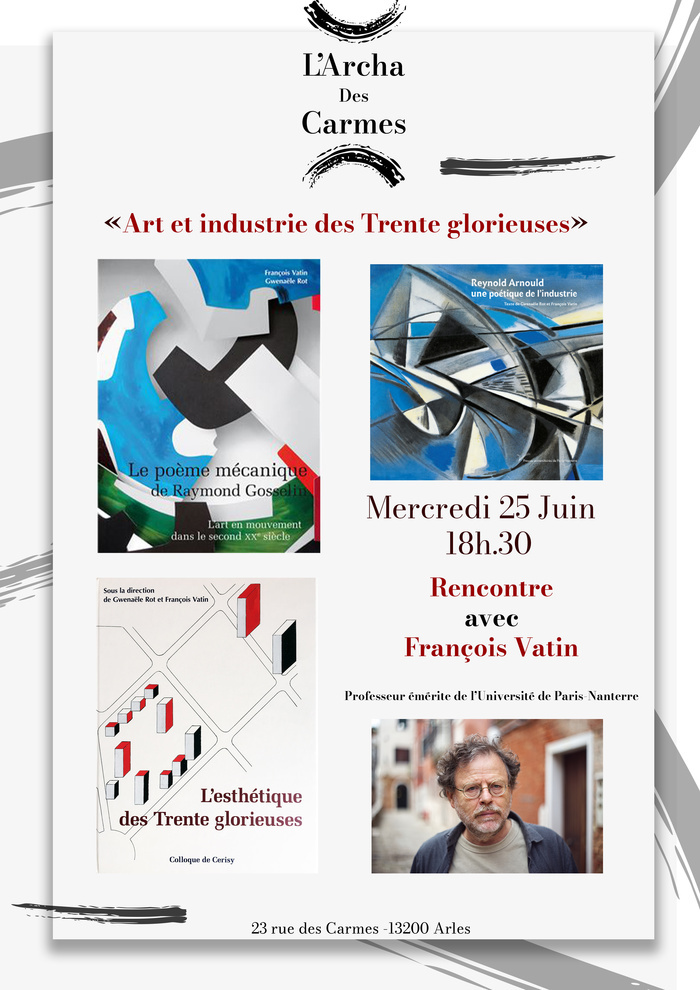We look back nostalgically on the Trente Glorieuses of 1945-1975 as a period of economic abundance, when the first priority was to rebuild a country in ruins, but we denigrate its ideological and cultural record, which is said to have been dominated by an illusory belief in progress. Pollution, soulless urbanism and rot-proof plastics are the only legacies of this unconscious era. As a result, the architecture and monumental art of the Trente Glorieuses, still unloved, have suffered much destruction and are only just beginning to be recognized as part of our heritage. Yet, as the studies gathered here show, despite the urgency of reconstruction, aesthetic issues were accorded great importance during this period. The new technical means were trusted to create beauty at a lower cost, for the benefit of as many people as possible. Functional aesthetics and artistic democratization were closely linked. This explains the central role played by industry in the representations of the time. Against the romantic opposition of the beautiful and the useful, the industrial world had to be reinstated in human values. Factories, too, had to be both beautiful and functional, and an object of interest for art. The democratization of beauty demanded that it be imposed in the workplace. Conversely, the industrial experience of simplicity and coherence could nourish artistic inspiration. Bringing together twenty-four specialists from a wide range of fields, this book aims not to defend the aesthetics of the Trente Glorieuses, but to restore them in all their complexity. It invites readers to take a fresh look at a past that is too close to be fully appreciated.
Languages spoken
-
French
Go by bike
Average travel time from:
- Arles (downtown)
- Saintes-Maries-de-la-Mer
- Port-Saint-Louis
- Les Salins-de-Giraud

